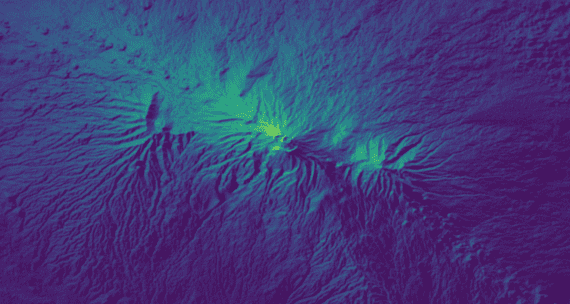Open Data Cube

With each passing year, new generations of Earth observation (EO) satellites are creating increasingly significant volumes of data with such comprehensive global coverage that for many applications, the lack of data is no longer a limiting factor. Extensive research and development activity has delivered new data applications that offer the potential to deliver great impact to important environmental, economic and social challenges, including at the local, regional and global scales. Such applications highlight the value of EO, though the challenge is in providing the proper connections between data, applications and users. Even today, much archived EO satellite data is under-utilised despite modern computing and analysis infrastructures.
Addressing this challenge is difficult for advanced economies and even more challenging for developing countries with an interest in using EO satellite data. It is simply not technically feasible or financially affordable to consider traditional local processing and data distribution methods (e.g. scene-based file download over the internet) or to address this scaling challenge in many economies, as the size of the data and complexities in preparation, handling, storage, and analysis remain significant obstacles.
Fortunately, just as the technology on satellites that do the Earth observing has advanced significantly, so too has information technology. The data management and analysis challenges arising from the huge increase in open data volumes can be overcome with new computing infrastructures, technologies and data architectures, such as the Open Data Cube. Such a solution has great potential to streamline data distribution and management for providers while simultaneously lowering the technical barriers for users to exploit the data to its full potential
For more history and background, check out this article on Medium: What is the Open Data Cube.

